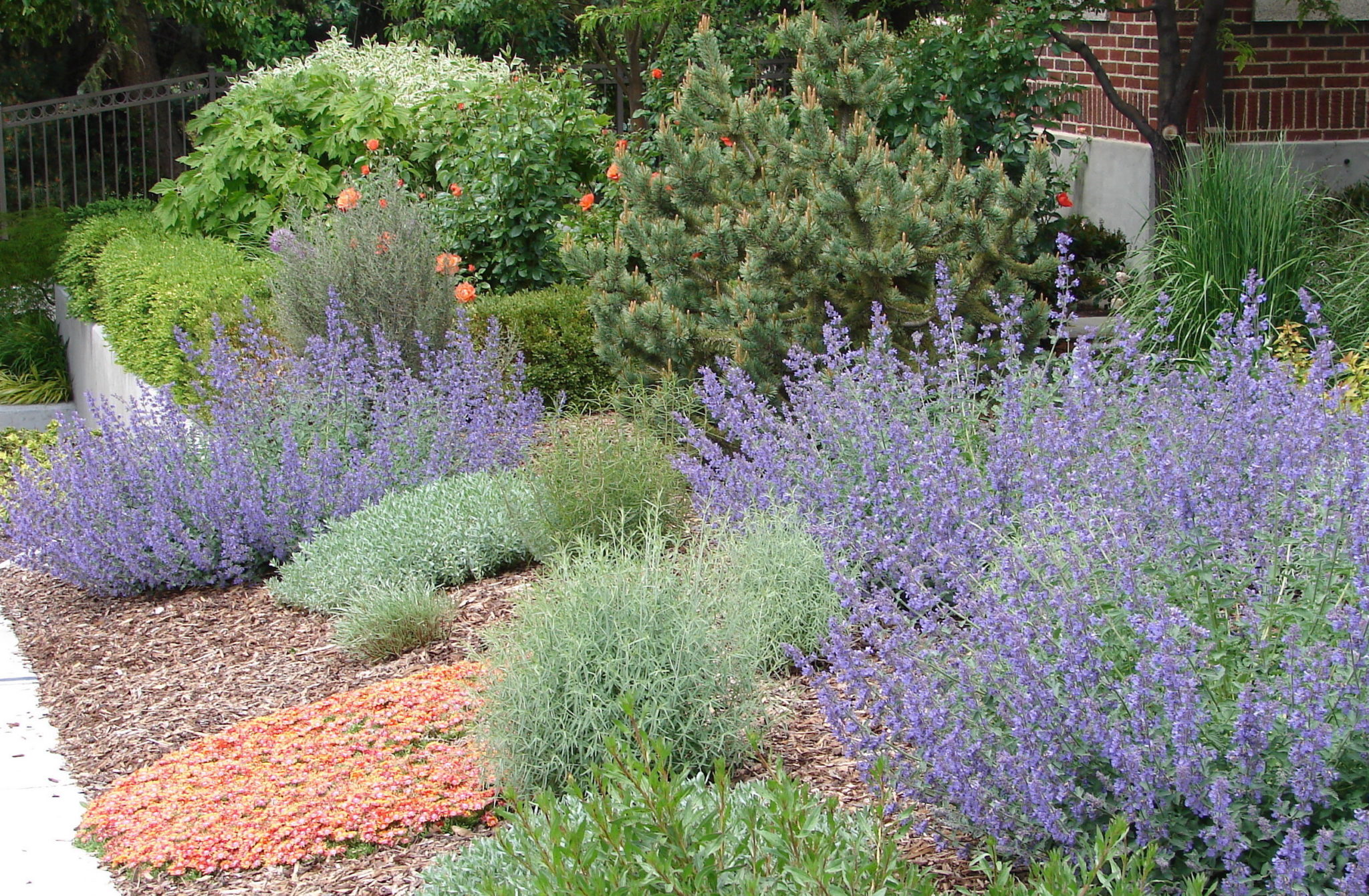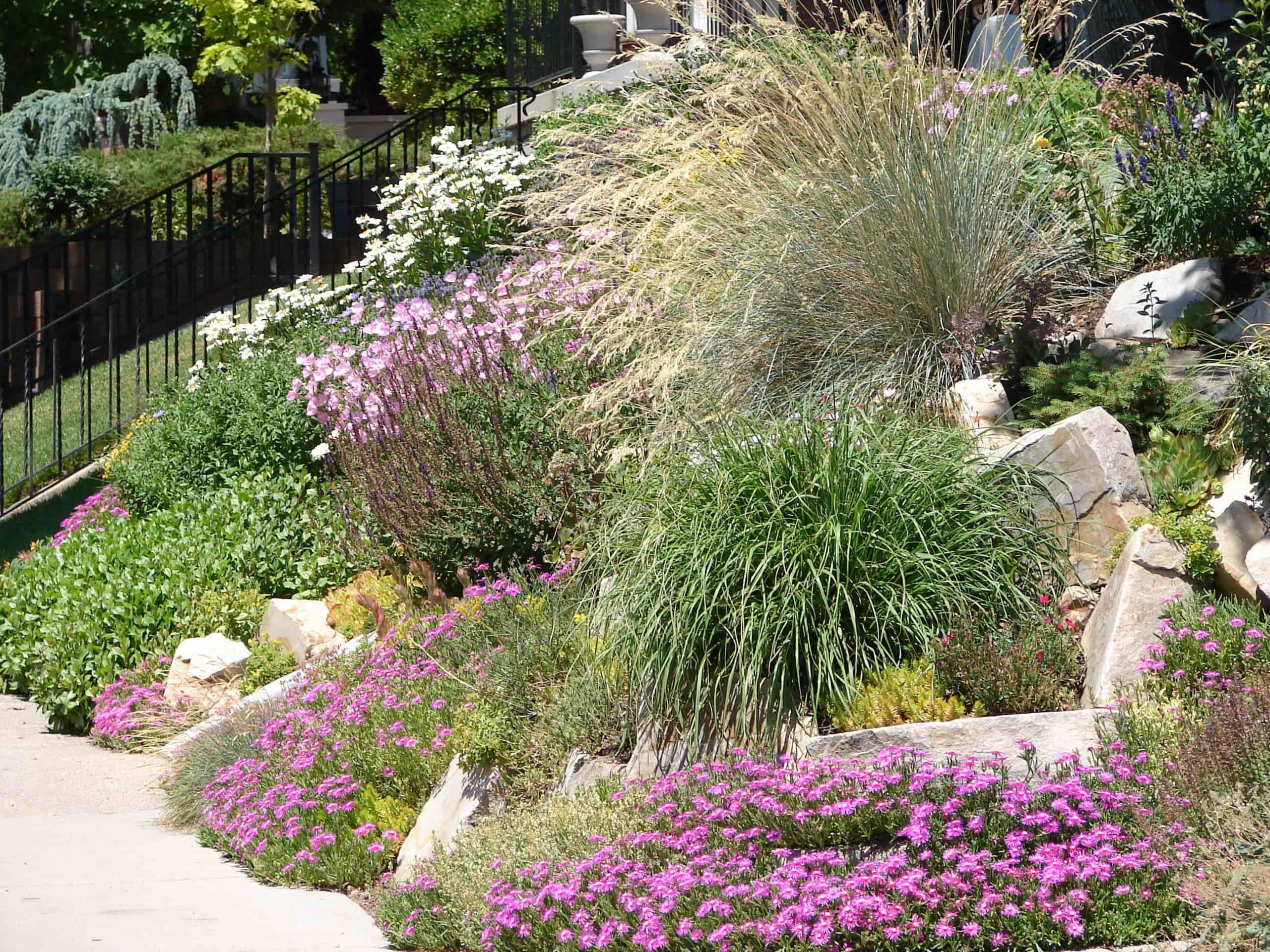Xeriscape landscaping, better known as xeriscaping, is a form of landscaping for specific areas that are susceptible to drought or for areas where water conservation is practiced. Xeriscape landscaping is not limited to desert plants, but rather a wide variety of plants that conserve water.
A common element to xeriscaping, is the reduction of lawn grass areas as these types of areas are often the worst offenders of water conservation. Another widespread method of xeriscaping is the use of native plants. These plants deem well as xeric plants are many times native, drought-resistant plants and can be arranged in efficient, water-saving ways.



